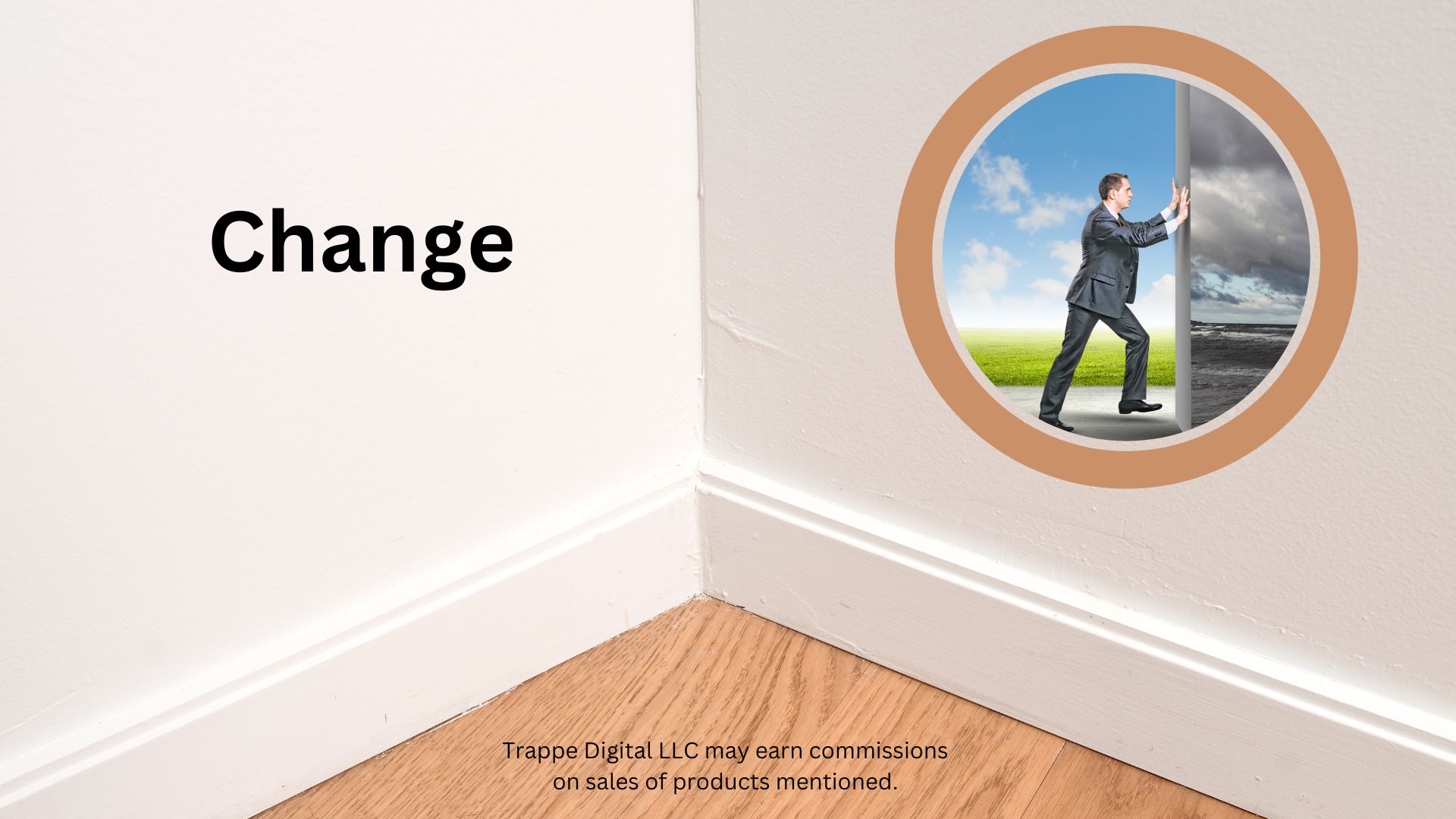Trappe Digital LLC may earn commissions from sponsored links and content. When you click and buy you also support us.
Challenging the status quo can be an uphill battle, but sometimes it’s so necessary to help a company move forward. People and organizations often fall into habits and established ways of doing things that become entrenched over time.
However, challenging the status quo is necessary for growth, innovation and progress. The first thing you have to do to get started, you have to make an effort. Paying attention and questioning why things are done a certain way are the first steps to spark change.
Allyson Strowbridge, a “status quo changer,” shares insights on how to effectively challenge the status quo on “The Business Storytelling Show.” A few key takeaways from the discussion include:
Examining Motivations for Resistance
When trying to change the status quo, you’ll inevitably face resistance. Allyson notes that resistance often stems from the human desire for comfort and ease. Change requires disruption and effort. People like their habits and some may see questioning the status quo as creating more work for themselves.
To address resistance, try to understand the underlying motivations. Empathize with why people are resistant. Is it due to firmly held beliefs or values systems? Is it a desire to avoid conflict? Identifying core motivations can help you find common ground and better communicate the “why” for change.
Read next: The power of values: How to build a company culture
Making the Case for Change
Strong rationale needs to be established to convince others of the need for change. Allyson emphasizes not changing just for the sake of change. Progress for progress’ sake can breed resentment.
Before trying to shake up the status quo, be clear on your objectives. How will this change lead to improvement? What problems will it address? Connect the change to shared goals and values to gain buy-in. Help people see how change will ultimately make processes smoother or life easier in some way. Appealing to people’s self-interest increases willingness to get on board.
Starting Small
Big, sudden changes are daunting. Allyson uses the metaphor of slowly peeling off a bandaid rather than ripping it off quickly. Incremental changes are easier for people to digest and adapt to.
When introducing changes, start with small steps first before overhauling entire systems. Smaller changes allow people to get comfortable with new ways of doing things without feeling totally disrupted. Constant learning and iteration will eventually lead to bigger transformation.
Being Courageous
There is no way around it – challenging the status quo requires courage. Allyson points out that it takes bravery to question the way things have always been done or to raise a red flag. It may involve moving out of your comfort zone. However, she argues that engaging in this discomfort is how we grow and see things from new perspectives.
Leaders play an especially crucial role in giving others permission to think differently. They can promote a culture that invites diverse thought and constructive dissent. By modeling open-mindedness, leaders enable the rest of the organization to help rethink outdated assumptions.
Paying Attention
Noticing patterns and changes in the external environment is key to identifying when the status quo needs to evolve. Christoph illustrates this by moving a misplaced podium to a better location. Allyson talks about constantly scanning for trends and anomalies that may be indicative of necessary shifts on the horizon.
Being attuned to subtle signals prevents you from getting stuck in inertia. Maintaining curiosity and awareness of the world around you increases your ability to recognize the right moments for challenging the status quo.
Read next: Leadership storytelling: How Leaders Can Build Connection Through Stories
The “Accidental” Status Quo
Sometimes the status quo develops accidentally, without intent. Early decisions can shape how things are done going forward simply because “that’s how it’s always been.”
To address this, Allyson emphasizes the importance of asking questions.
- Why were certain decisions made originally?
- Do they still make sense?
- Is the old way of doing things serving its purpose effectively?
Questioning the origin of the status quo can reveal opportunities for useful changes.
Evolving Workplace Culture
Allyson’s career has focused on evolving workplace design and culture. She moved from furniture sales to starting her own company in order to take a more holistic approach to transforming office environments.
Allyson saw a need to expand beyond just selling furniture to help companies rethink their workspaces and processes. She aims to “hold their hand” through workspace redesign with an eye toward better meeting employee needs. This example demonstrates driving change even within long-established industries like commercial design.
Key Takeaway
Challenging the status quo requires awareness, courage and conveying the benefits of change. Move incrementally, make a solid case for change and appeal to shared goals and values. With persistence and the right approach, individuals can spark shifts even in stubbornly entrenched organizations and systems. Keep questioning and progress will follow.

